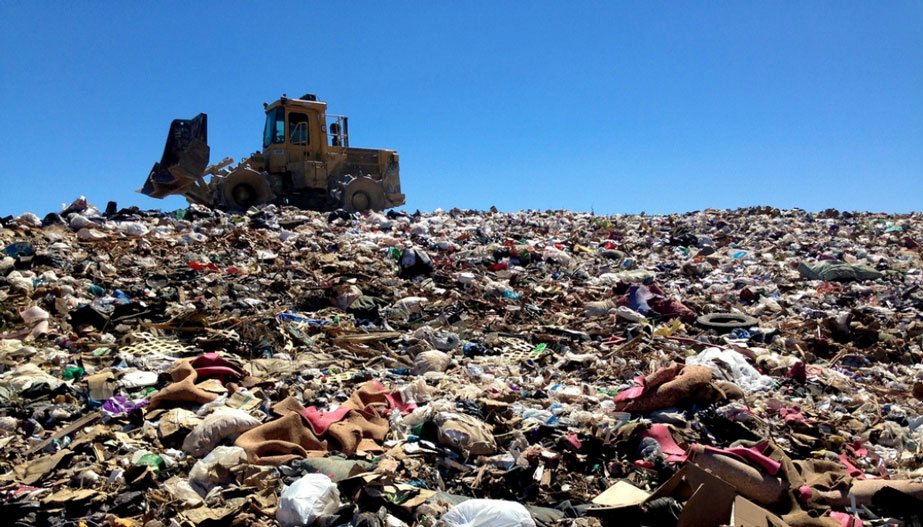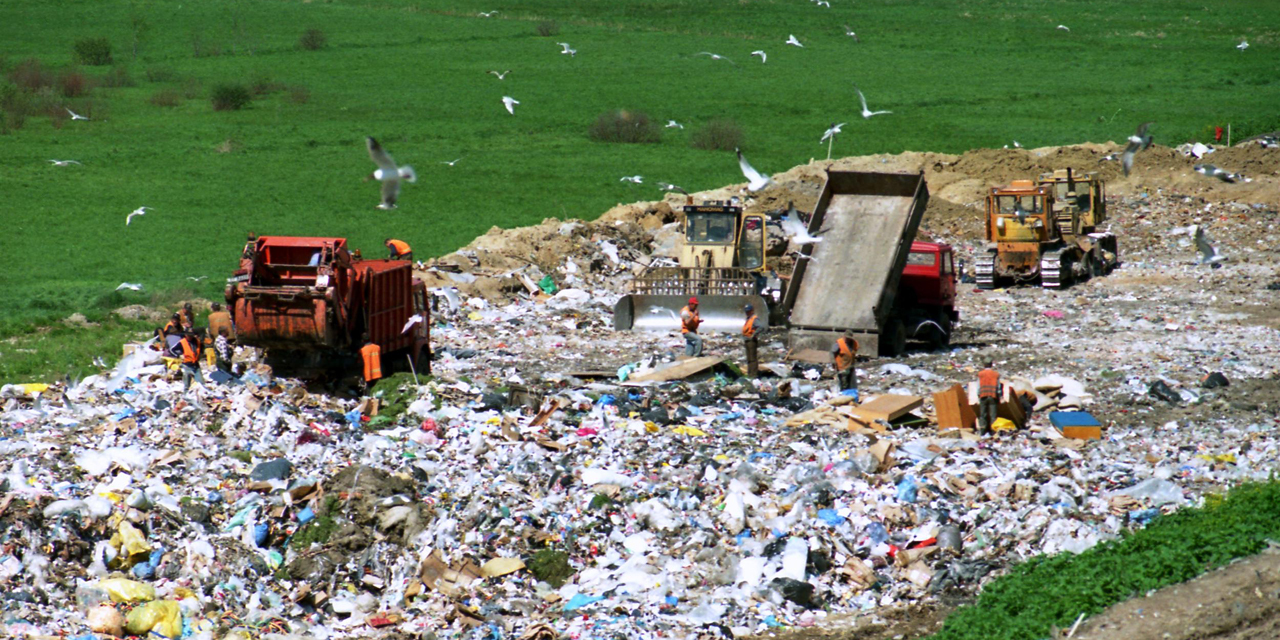There are a number of things that we use everyday and subsequently get rid of by tossing them in the garbage. Unfortunately, this leads to mountains of waste as we throw out old products, as well as packaging of new items.
Reducing solid waste implies reducing the amount of trash that goes to landfills. Reduce, Reuse and Recycle are most frequent strategies to reduce landfill waste.
Landfill waste poses a huge problem as it has economic and environmental impact and secondly, due to slow decomposition rate which takes thousands of years, several acres of land has already been virtually rendered useless that could have been actually used for setting up new residential colonies or industries. See Also landfills in California
California is ready to launch the nation’s biggest programme to prevent food waste from getting into landfills as a method to decrease greenhouse gas emissions and produce sustainable energy.
A rule taking effect in January will oblige municipalities across the state to collect food waste for its possible use in creating renewable natural gas for energy. The regulation targets methane, a potent warming gas that originates when organic stuff like food scraps sits in waste dumps.
One year of food waste diversion by 2030 is anticipated to avert 14 million metric tones of carbon emissions over that trash’s lifespan of breakdown. That equates pulling 3 million automobiles off the road for a year, state officials claimed.
“It’s a tectonic shift,” said Yaniv Scherson, chief operating officer at Anaergia, which transforms food waste into compost and renewable natural gas. “It’s a tremendous demonstration for the industry and for the globe, so they understand that we can attack the main emitter of methane, which is organic waste going to landfills.”
California’s bill isn’t the first in the nation. But it is the largest and, if successful, could have a major influence because the state has 40 million citizens, analysts said. Food waste accounts for half of the material in Golden State landfills, according to the California Department of Resources Recycling and Recovery, known as Cal Recycle.
Donate Clothes

Believe it or not, the discarding of clothing is one of the primary contributions we make to solid waste landfills today. We open up our wardrobes; pick stuff we no longer need like a sweater that was trendy last year, a ripped shirt, or other clothes that we just don’t want to keep any more. And where does it go? That’s correct, to the junk, and from there, to the landfill.
Instead of throwing away these old clothes, make better use out of it. First, be sure that these are clothes that you just don’t need any more.
Then, donate garments to those in need or to Goodwill stores, or host a sale in your garage (though provided the clothes are still wearable, of course) (though assuming the clothes are still wearable, of course) (though assuming the clothes are still wearable, of course) (though assuming the clothes are still wearable, of course) (though assuming the clothes are still wearable, of course) (though assuming the clothes are still wearable, of course) (though assuming the clothes are still wearable, of course). You know what they say, another man’s garbage is another man’s delight.
Reduce Food Waste
Food is another item that we often just carelessly discard away without thinking twice about it. Each year, a very huge amount of our purchased food is left uneaten. Instead than simply putting away food, make good use out of it.
Even if we kept just a small percentage of our uneaten food and donated it, millions of underprivileged people would be fed.
Eat Healthy
Also think about eating healthier. Buy healthier foods that don’t require as much throwaway rubbish in the form of packaging. Reuse old shopping bags and containers for best efficiency, and better yet, cloth bags. Don’t buy fast food take out as much either.
Save Leftovers For Next Day
Don’t forget about leftovers! Too many individuals are irresponsible enough to toss out half of a nice dinner and not store it for later. Eating leftovers more regularly will save on money and result in fewer food waste. Try making it a habit to preserve the remaining of tonight’s meal in the fridge for tomorrow’s lunch or dinner.


